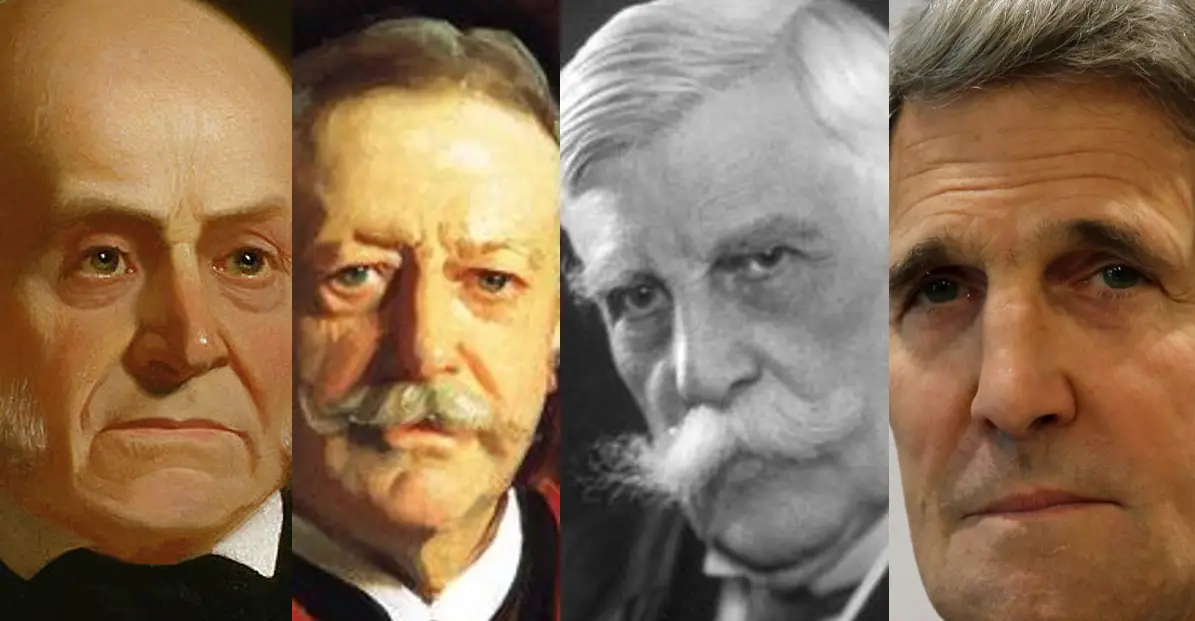The Boston Brahmin refers to a group of elite families in Boston, Massachusetts, who held significant social, economic, and political power from the 17th to the 20th centuries. The term "Brahmin" was first used in the 19th century to describe the aristocratic class of Boston, drawing inspiration from the Indian caste system, where Brahmins were the highest-ranking priests and scholars. In Boston, the Brahmin class was characterized by their wealth, education, and cultural refinement, as well as their influence in shaping the city’s history and institutions.

Origins and History
The Boston Brahmin emerged in the early 17th century, when English colonists settled in the Massachusetts Bay area. Many of these early settlers were wealthy merchants, traders, and professionals who established themselves as leaders in the community. Over time, they developed a distinct culture and social hierarchy, with the most prominent families forming the upper echelons of society. These families, such as the Cabots, Lowells, and Gardners, would go on to shape Boston’s history, from the American Revolution to the Industrial Revolution.
Characteristics and Values
The Boston Brahmin were known for their strong sense of tradition, family, and community. They valued education, culture, and refinement, and many were involved in the arts, literature, and philanthropy. The Brahmin class was also characterized by their exclusivity, with membership often determined by birth and social connections. To be considered a true Brahmin, one had to have a long family history in Boston, as well as a certain level of wealth, education, and social standing.
The Boston Brahmin were also known for their sense of civic responsibility and public service. Many Brahmin families were involved in politics, with some producing notable figures such as Senators, Governors, and even Presidents. The Brahmin class also played a significant role in shaping Boston’s cultural and educational institutions, including the Boston Athenaeum, the Museum of Fine Arts, and Harvard University.
Institutions and Traditions
The Boston Brahmin had a number of institutions and traditions that reinforced their social status and cultural identity. One of the most important was the Boston Social Register, a directory of prominent families that was first published in 1860. The Register was seen as the ultimate guide to Boston’s high society, and inclusion in it was a mark of distinction and respectability.
Another important institution was the Somerset Club, a gentlemen’s club founded in 1851 that was considered the epicenter of Boston’s social elite. The Club was known for its luxurious amenities, including a grand ballroom, a library, and a dining room, and was a popular gathering place for Brahmin families and their friends.
The Boston Brahmin also had a number of traditional events and activities that reinforced their sense of community and social bonding. The most notable was the Boston Pops Fourth of July concert, which was first held in 1929 and featured a performance of the 1812 Overture. The concert was a beloved tradition among the Brahmin class, and was seen as a celebration of American patriotism and civic culture.
Decline and Legacy
The Boston Brahmin class began to decline in the mid-20th century, as the city’s economy and demographics changed. Many of the old Brahmin families lost their wealth and influence, and new elites emerged from the business and financial communities. The Brahmin class also became less exclusive, as the city’s social hierarchy became more fluid and diverse.
Despite their decline, the Boston Brahmin continue to play an important role in the city’s history and culture. Many of the institutions and traditions established by the Brahmin class, such as the Boston Athenaeum and the Somerset Club, continue to thrive today. The Brahmin class also left a lasting legacy in terms of their contributions to American literature, art, and politics.
FAQ
What is the origin of the term "Boston Brahmin"?
The term "Boston Brahmin" was first used in the 19th century to describe the aristocratic class of Boston, drawing inspiration from the Indian caste system.Who were some of the most prominent Boston Brahmin families?
Some of the most prominent Boston Brahmin families included the Cabots, Lowells, Gardners, and Winthrops.What were some of the key characteristics of the Boston Brahmin class?
The Boston Brahmin were known for their strong sense of tradition, family, and community, as well as their values of education, culture, and refinement.What was the Boston Social Register, and what was its significance?
The Boston Social Register was a directory of prominent families that was first published in 1860, and was seen as the ultimate guide to Boston’s high society.What is the legacy of the Boston Brahmin class today?
The Boston Brahmin continue to play an important role in Boston’s history and culture, with many of their institutions and traditions continuing to thrive today.
Conclusion
The Boston Brahmin class was a unique and influential group that shaped the city’s history, culture, and institutions. Their values of education, culture, and refinement, as well as their sense of tradition and community, helped to establish Boston as a center of learning and sophistication. While the Brahmin class has declined in recent decades, their legacy continues to be felt in the city’s many cultural and educational institutions. As a testament to their enduring influence, the Boston Brahmin remain an important part of American history and culture, and a fascinating subject for study and exploration.
Closure
Thus, we hope this article has provided valuable insights into The Boston Brahmin: Understanding the Elite Social Status of New England. We hope you find this article informative and beneficial. See you in our next article!

